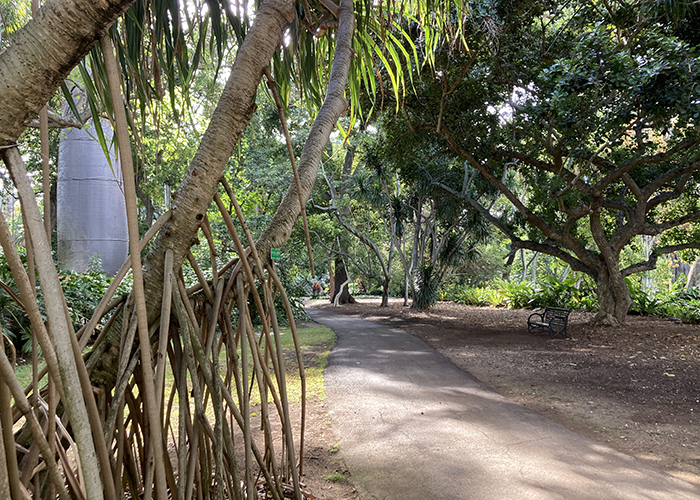 Previous Day |
Honolulu, HI 8.5 mi (13.7 km) |
 More 2023 Adventures |
E auwana kākou, e nā kānaka a pau!
It’s my last day in Honolulu, and with my flight home scheduled for 12:10, I had just enough time to explore one more Oʻahu historical site. How was I going to get the energy for it, you ask? Easy! One order of taro cream malasadas for me, e ʻoluʻolu a mahalo!
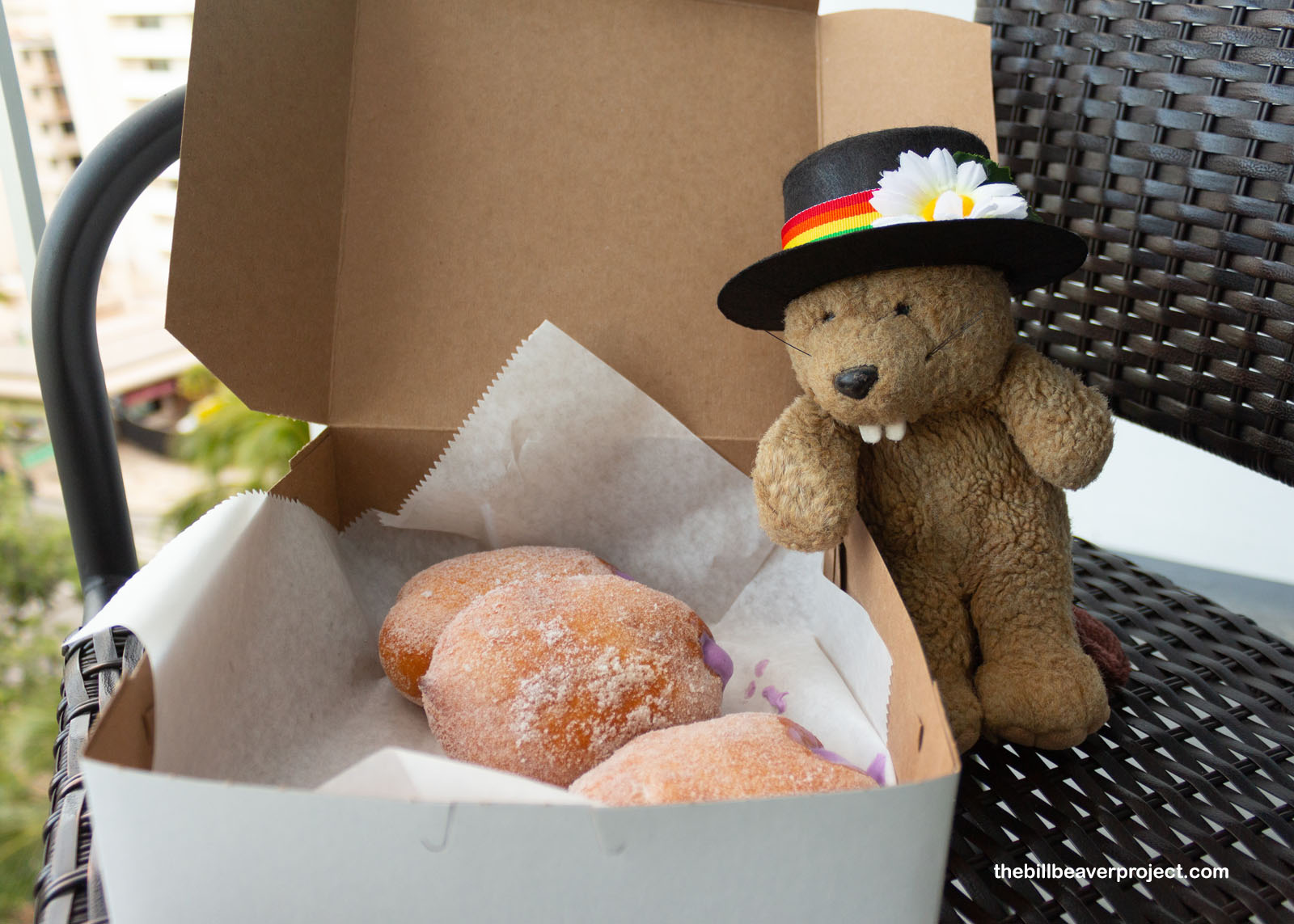 |
After checking out of the Hotel La Croix, I headed into town on a misty, drizzly morning to visit Hawaiʻi’s very first botanical garden, which some call “the mother of Oʻahu’s botanical gardens!” It began in 1855 as the grand project of German botanist, William Hillebrand, but takes its name from his successors: Thomas & Mary Foster!
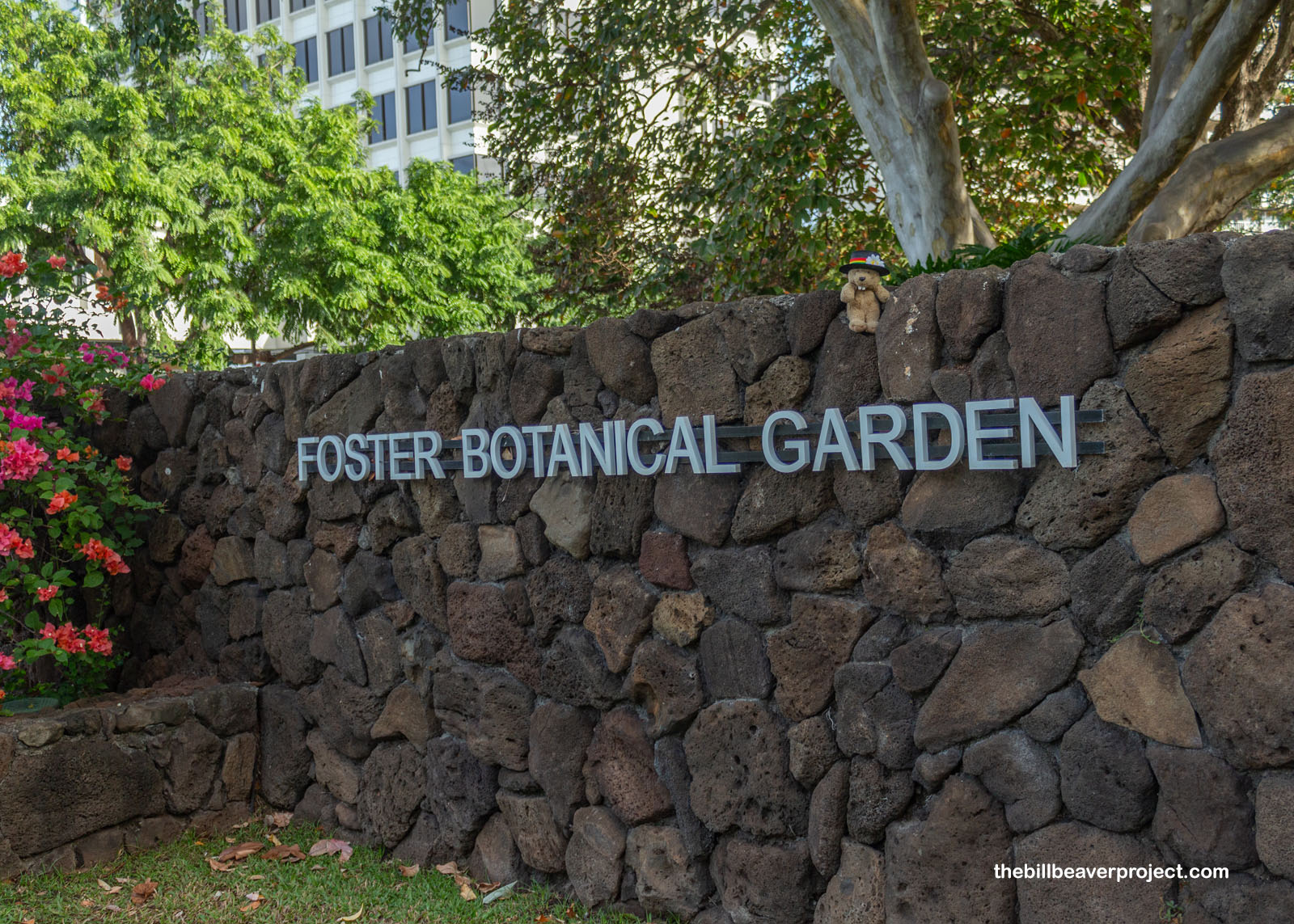 |
Even before I picked up a ticket to enter Foster Botanical Garden, I found some amazing things! These ballast stones were quarried at the turn of the 19th Century in England, Asia, and the eastern USA as part of the Hawaiian sandalwood trade! Ships taking sandalwood east to China were very heavy, but the silks and teas they brought back were very light. These ballast stones went into the cargo areas to make up for that lost weight and keep the ships sailing smoothly! After that trade ended, many of these stones were used to make a sidewalk on Nuʻanu Avenue!
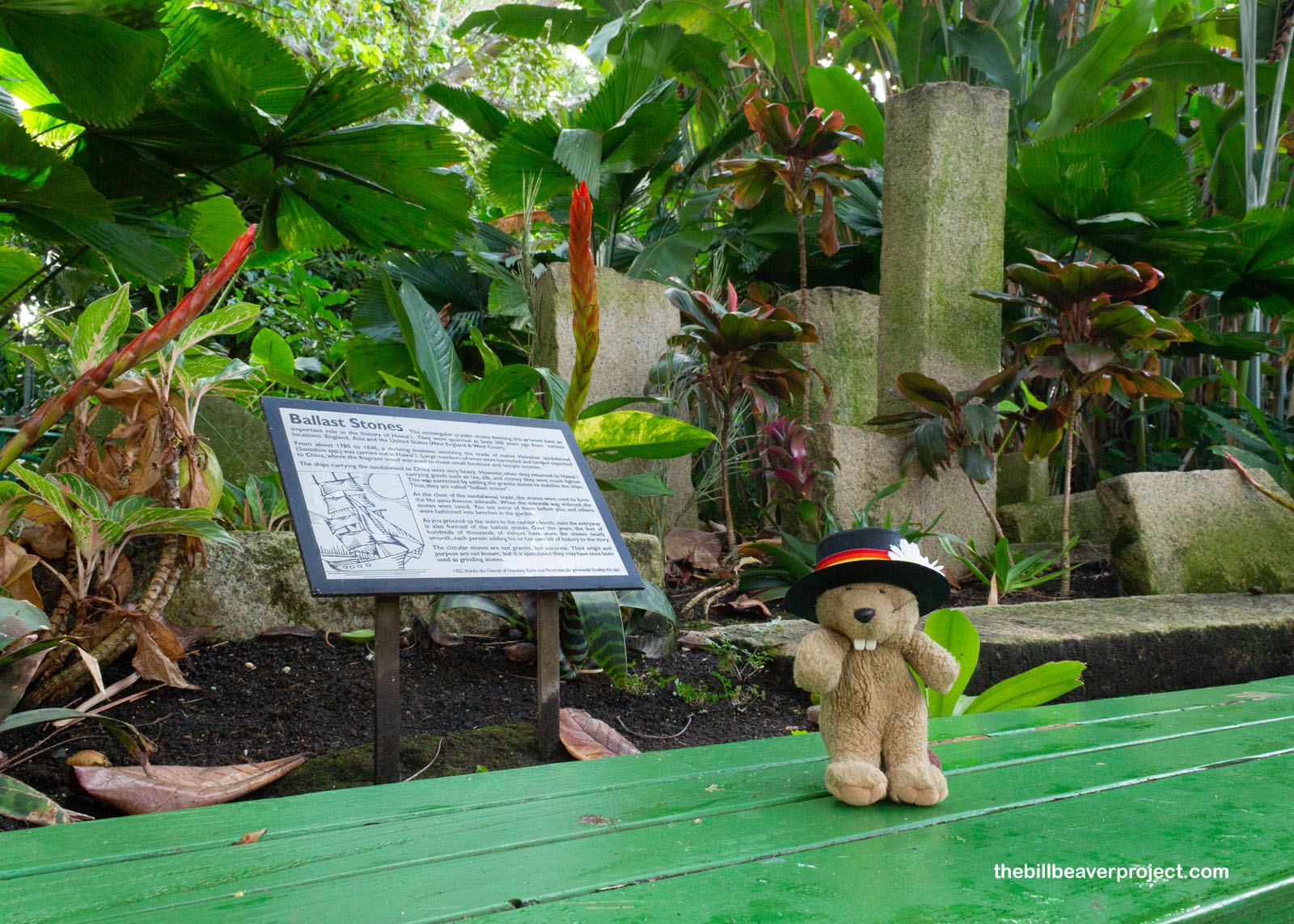 |
With a ticket and a map in hand, I headed into the 13.5-acre garden, which Queen Kalama leased to Dr. Hillebrand, who wanted to introduce foreign plants and animals into Hawaiʻi, some of which, like the banyan tree and mynah bird, have become iconic in their own right! Dr. Hillebrand was also responsible for bringing in the first Chinese and Portuguese sugar plantation workers, the latter of which were responsible for the malasadas I had for breakfast! But the most iconic tree that greeted me had been a gift to Mrs. Foster, a practicing Buddhist, who had contributed to the restoration of the Mahabodhi Temple in Bodhgaya! Yup, the tree on the left behind me is a descendant of the mighty bodhi tree where the Buddha found enlightenment!
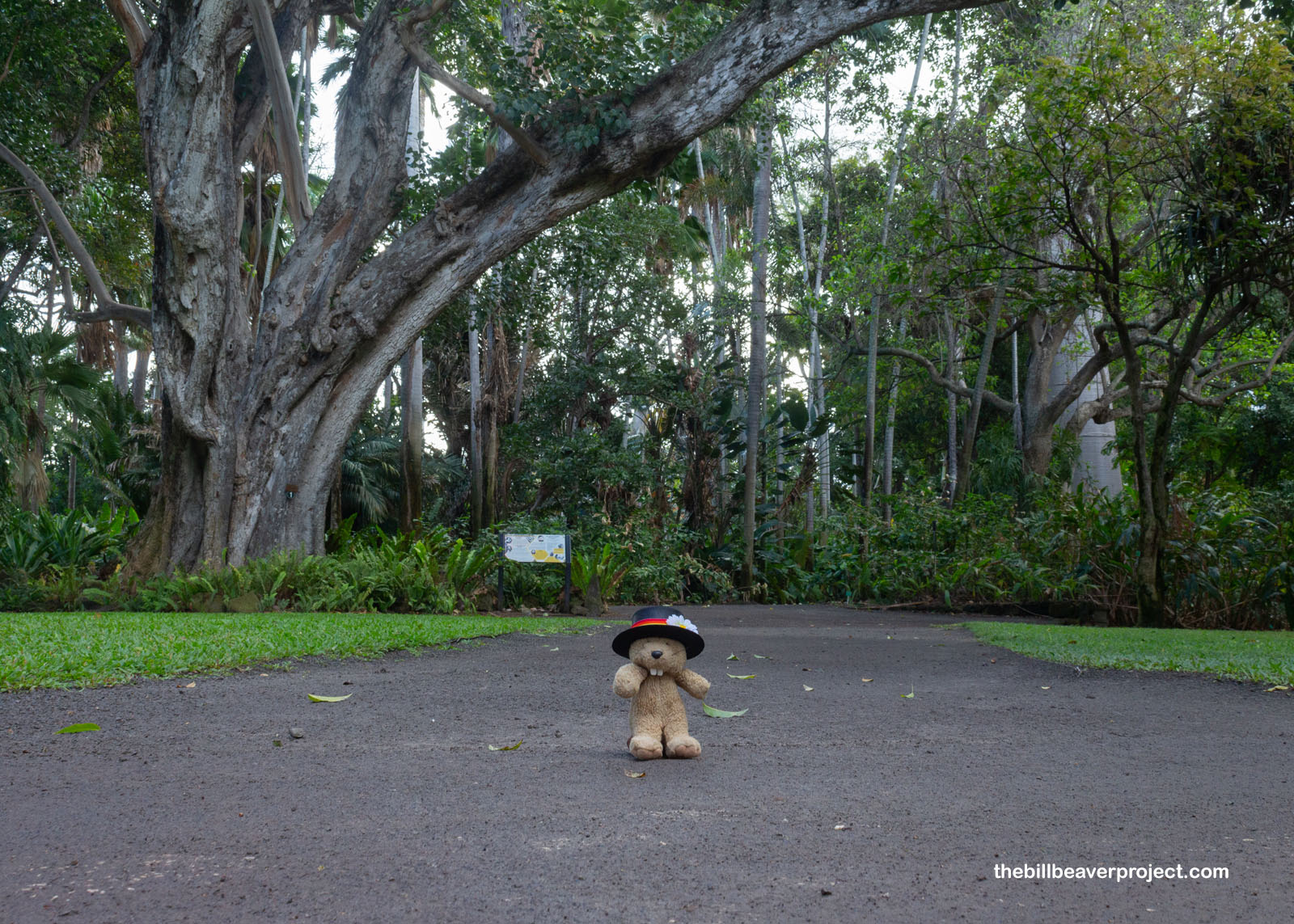 |
From there, I started a clockwise circuit, as the weather shifted between drizzle and sunshine. Just north of the bo tree was the Lyon Garden, named for Dr. Harold Lyon, the fellow who converted this from an experimental garden into a full-blown nursery and stayed on as first director when the garden became a city park! Here, I was reminded of the darker side of introducing invasive species: a huge trap for the Coconut Rhinoceros Beetle! Like the bo tree, this beetle came here from Sri Lanka. It was originally introduced to Samoa in 1909, devastating coconut palms there, then found its way to Oʻahu in 2013! Many types of palms are at risk if this palm-heart munching beetle continues to spread!
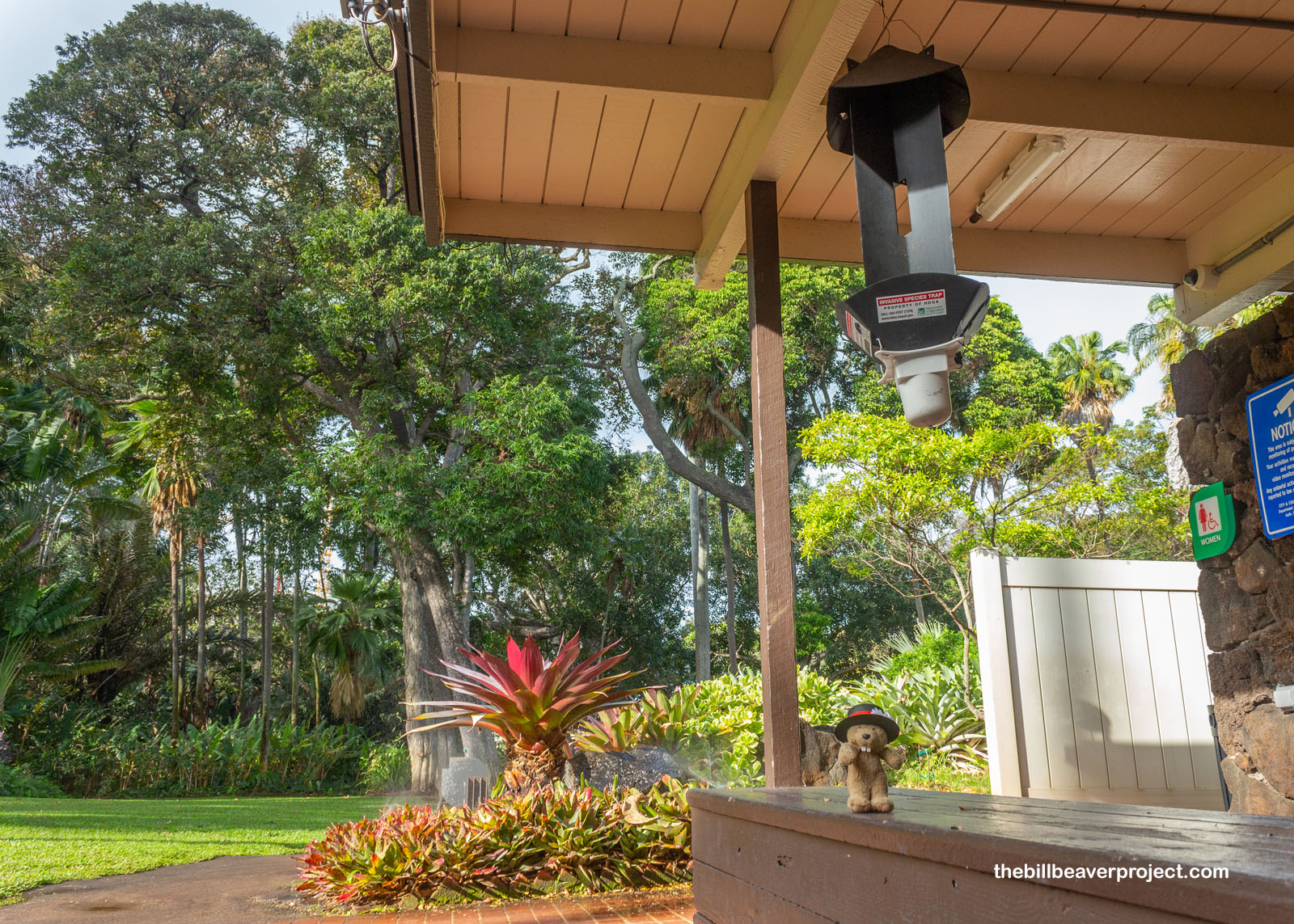 |
But Hawaiʻi is full of invasive species, many introduced right here, like the tropical almond (Terminalia catappa), brought here from the Indian Ocean for its wood, tanning oils, and sheer snackability! Behind it was the familiar spiky trunk of a kapok, or silk floss tree (Ceiba pentandra), brought here from Central America where its fluff can be used to stuff pillows, mattresses, and toys!
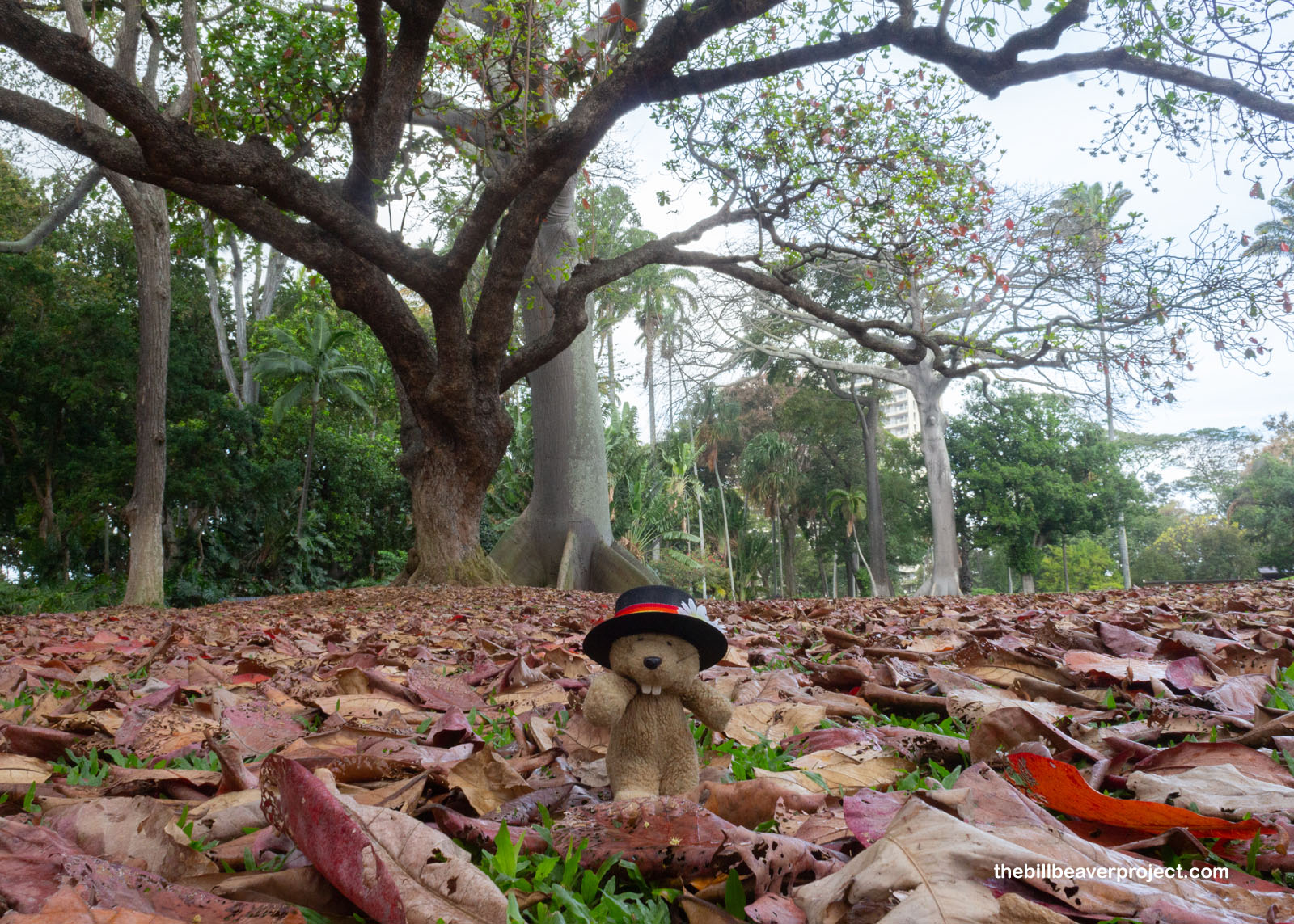 |
But Foster Botanical Garden wasn’t just home to foreign plants! One of its extraordinary trees was a true local, in fact, the only local palm in Hawaiʻi! Called the loulou (Pritchardia remota), it’s endemic to the islands of Ni‘ihau and Nīhoa and is sacred to the gods of fishing! Sadly, the loulou become rare after rats were introduced to all the islands, so botanical gardens like this one are important for keeping this species going!
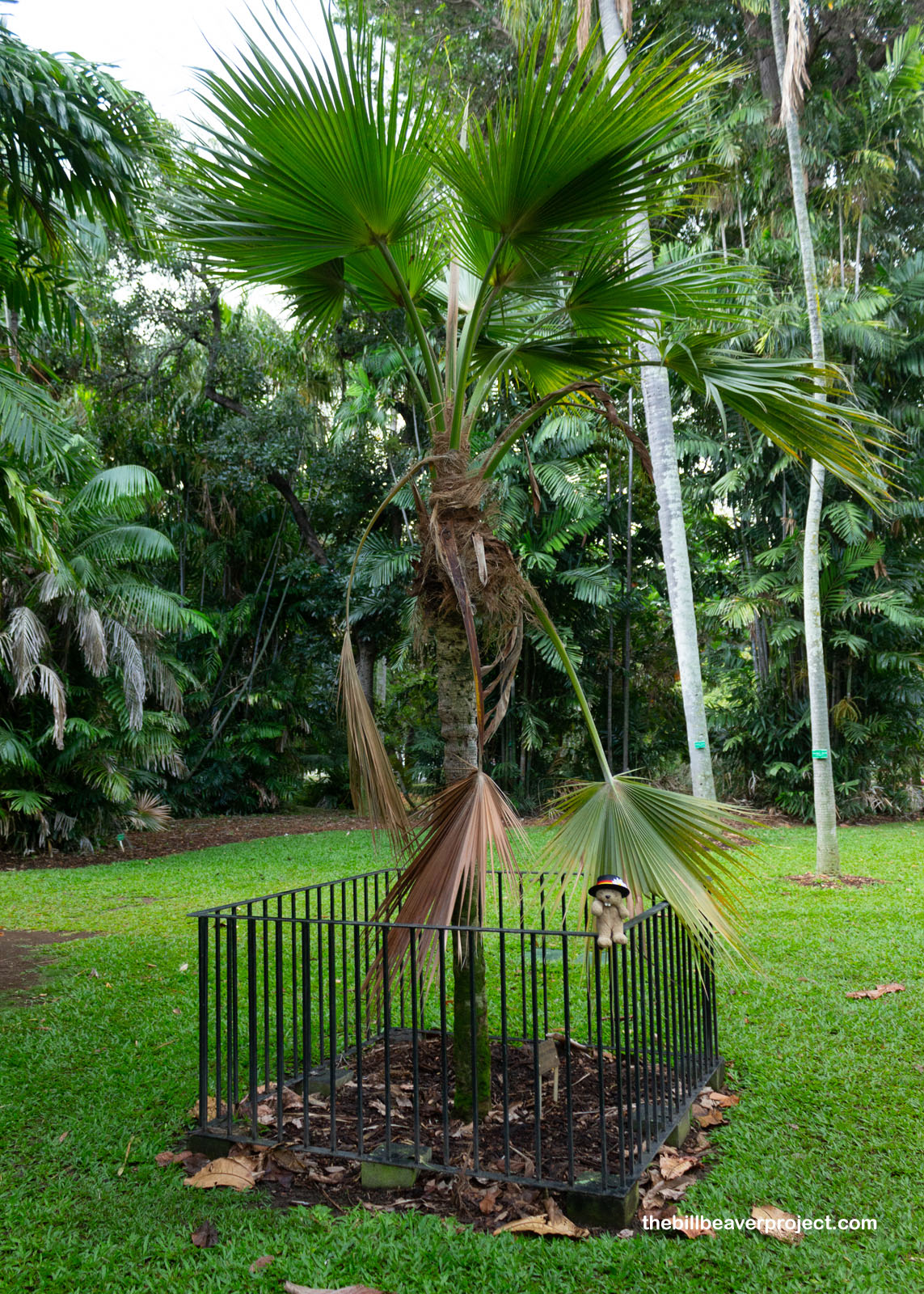 |
South of the palm garden was one that showcased food plants! Above these huge, fallen leaves were huge breadfruit (Artocarpus altilis), introduced here from Malaysia for its latex sap and starchy, potato-like fruit! But most crucially, there was also a display of sugar cane (Saccharum officinarum), brought to Hawaiʻi a long time ago, then industrialized in 1835! The spread of sugarcane plantations across the islands completely changed not only the ecosystem by draining water and nutrients, but also the population of the islands, as more imported labor came in to work the fields. Production peaked in the 1960s and ’70s, but it just wasn’t sustainable and collapsed in the last two decades of the 20th Century! Hawaiʻi’s last sugar mill closed in December of 2016!
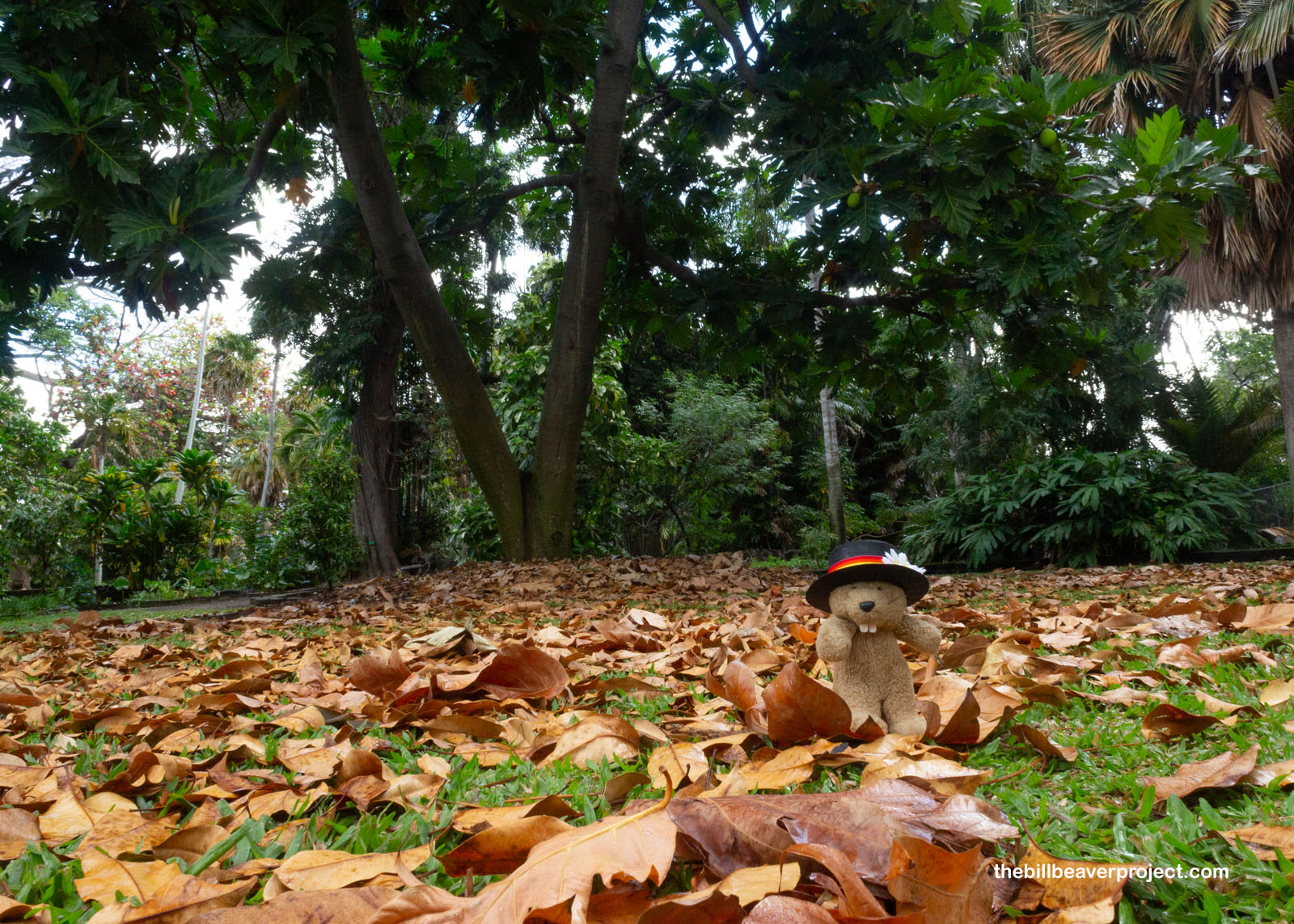 |
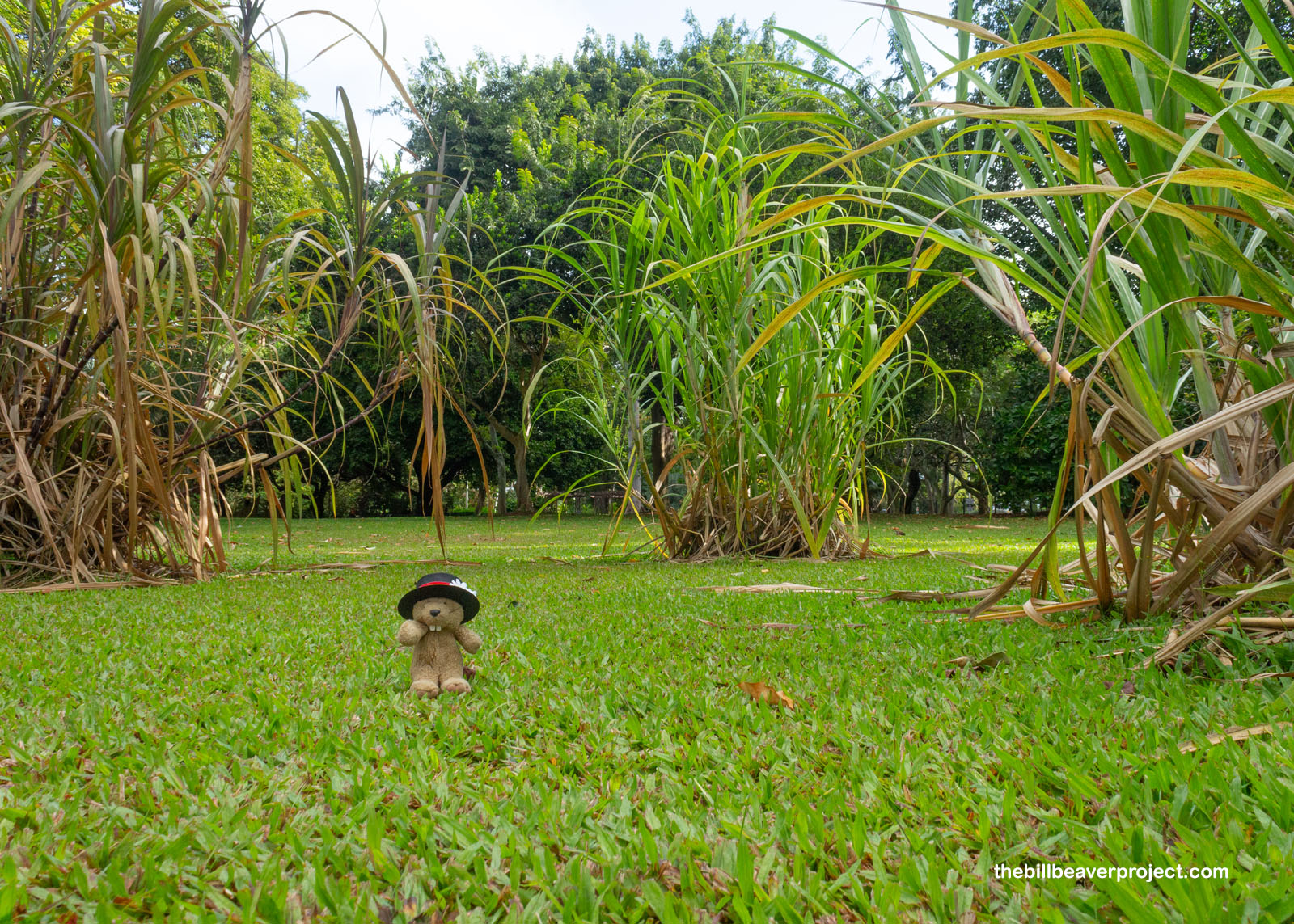 |
The sugar industry also brought a large number of Japanese immigrants here, starting on February 8, 1885! There’s evidence that Japanese ships visited Hawaiʻi as early as the 1500s, but it was a combination of the sugar cane industry, crop failures in the southern parts of Japan, and the negotiations between King David Kalākua and the Japanese government, that brought larger numbers of Japanese folks to the islands. They quickly became the second largest ethnic group in Hawaiʻi, setting up Buddhist temples on each plantation, and the islands’ first Japanese language school right here at the Foster Botanical Garden! Sadly, it was destroyed by shrapnel in the attack on Pearl Harbor.
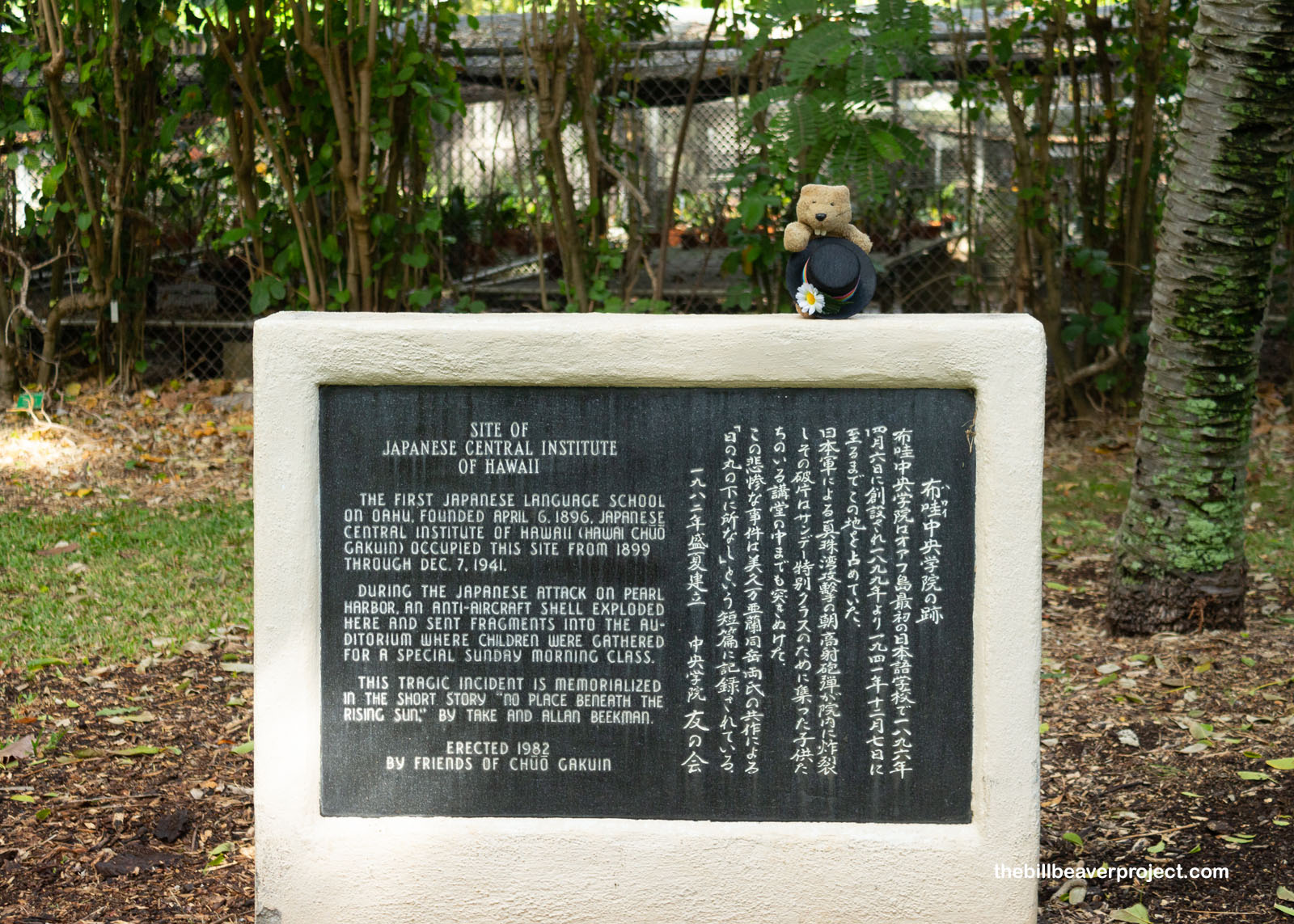 |
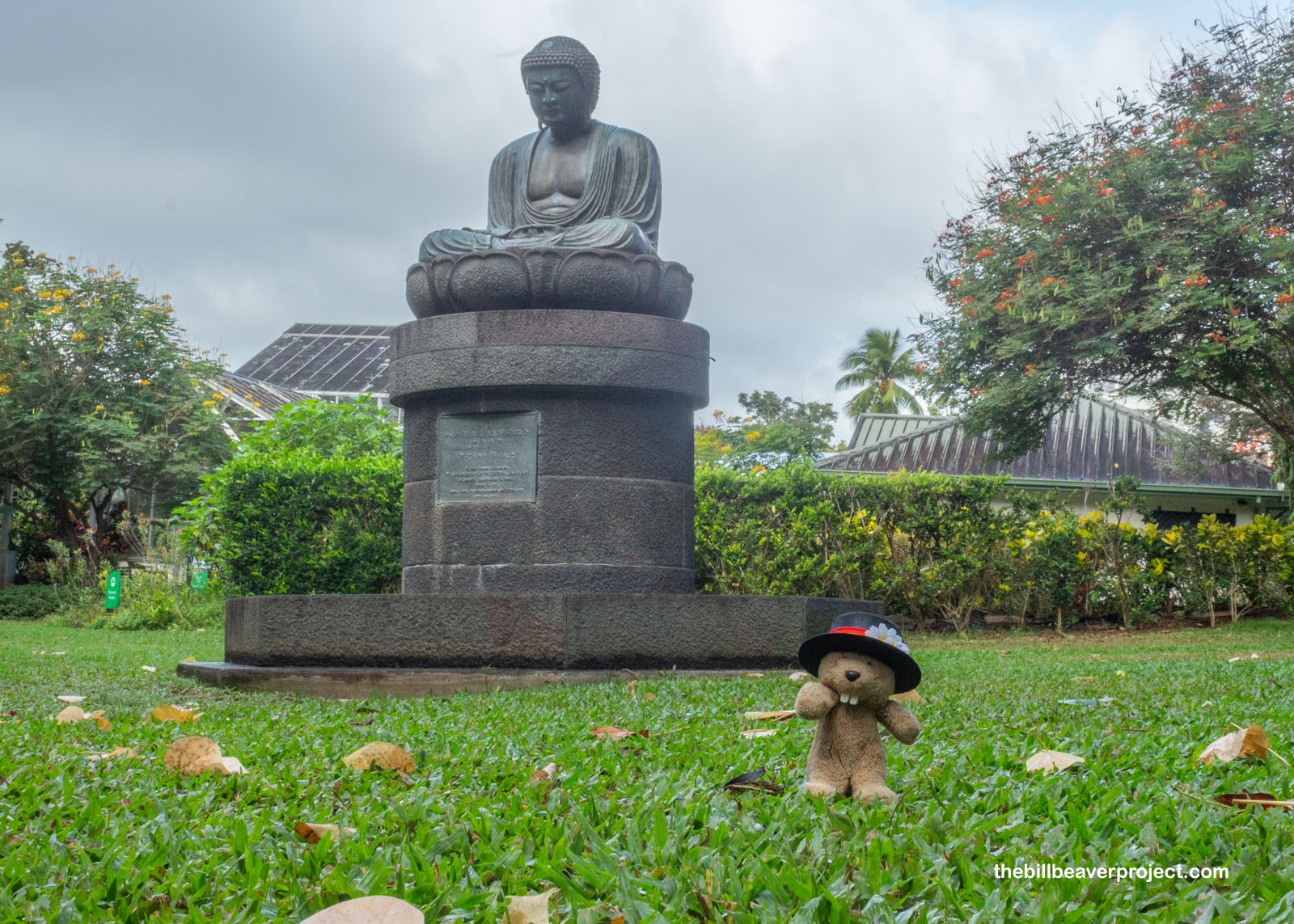 |
With time running low, I continued my circuit, past the poison and medicinal trees, ranging from the strychnine tree (Strychnos nux-vomica) to the Be-Still Tree (Thevetia peruviana), both of which produce toxic sap that can be used in pest control!
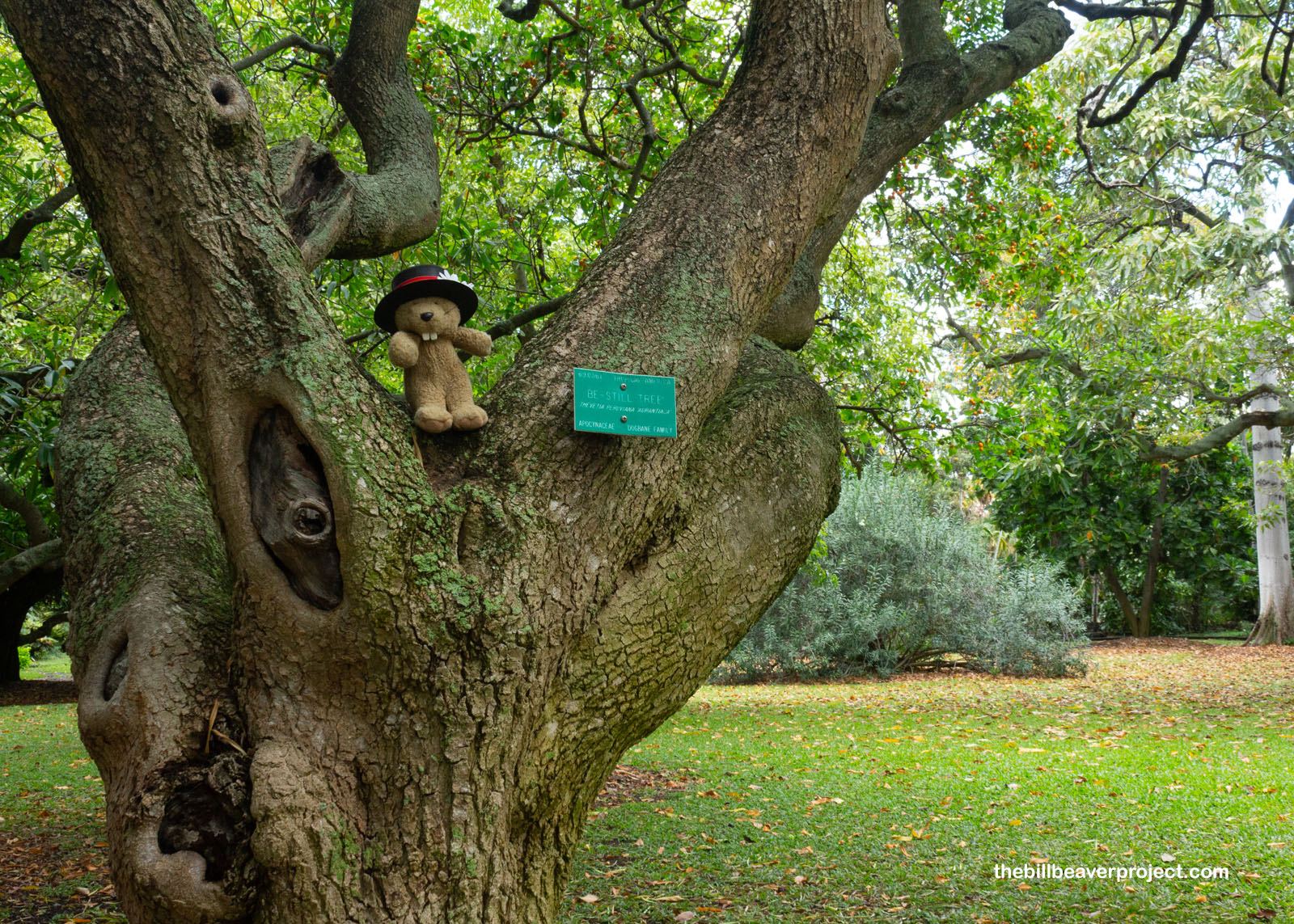 |
The Prehistoric Glen focused on the most ancient of plants, still around today, like ferns and cycads! The islands are home to over 200 species of fern, more than 65% of which are endemic to Hawaiʻi and found nowhere else in the world! Meanwhile, ancient cycads like the sago palm (Cycas revoluta) came here from Japan, mostly for use in landscaping!
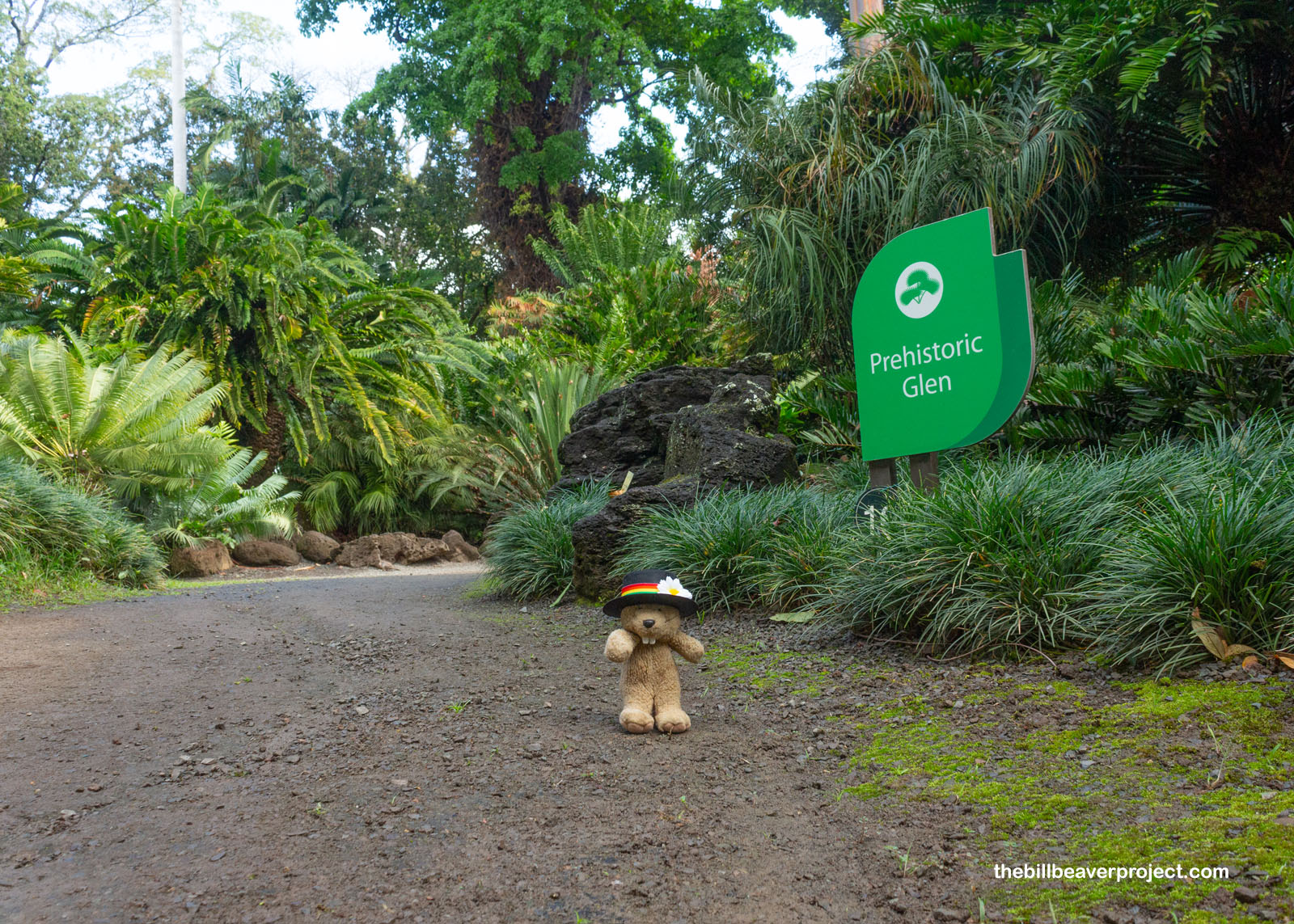 |
A burst of color just outside the preshistoric glen reminded me that I hadn’t seen many flowers at all in this garden! But these were some important ones! The Queen Emma Lily (Crinum augustum) isn’t really a lily but a relative of the amaryllis. It was brought here from Southeast Asia and became a favorite flower of Queen Emma herself, whose name is now attached to this cultivar!
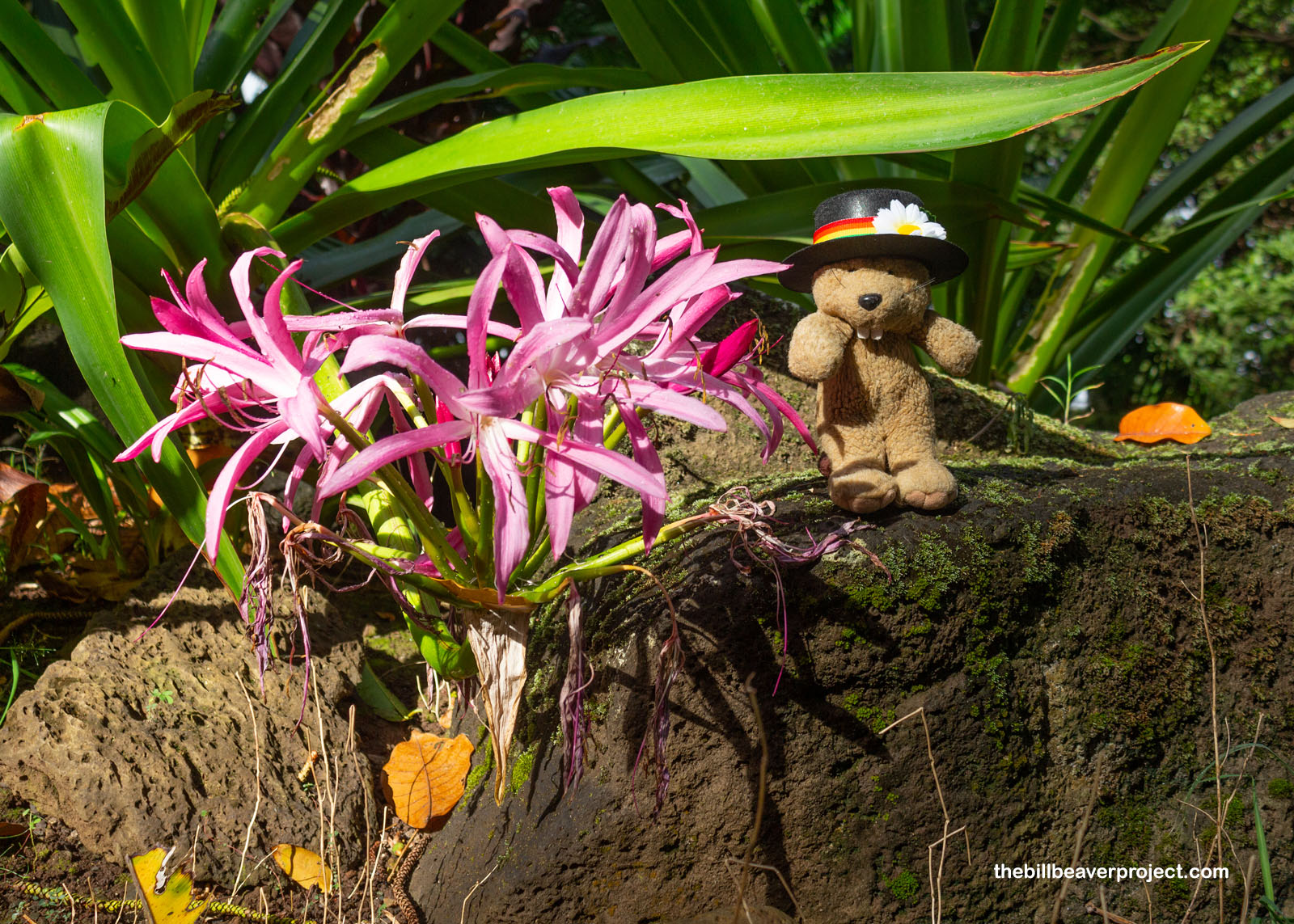 |
I took a quick turn around the greenhouse looking for more flowers, but only found some regular phalaenopsis orchids and a couple leaf-stage Amorphophallus titanum. In short, my spin here was brief!
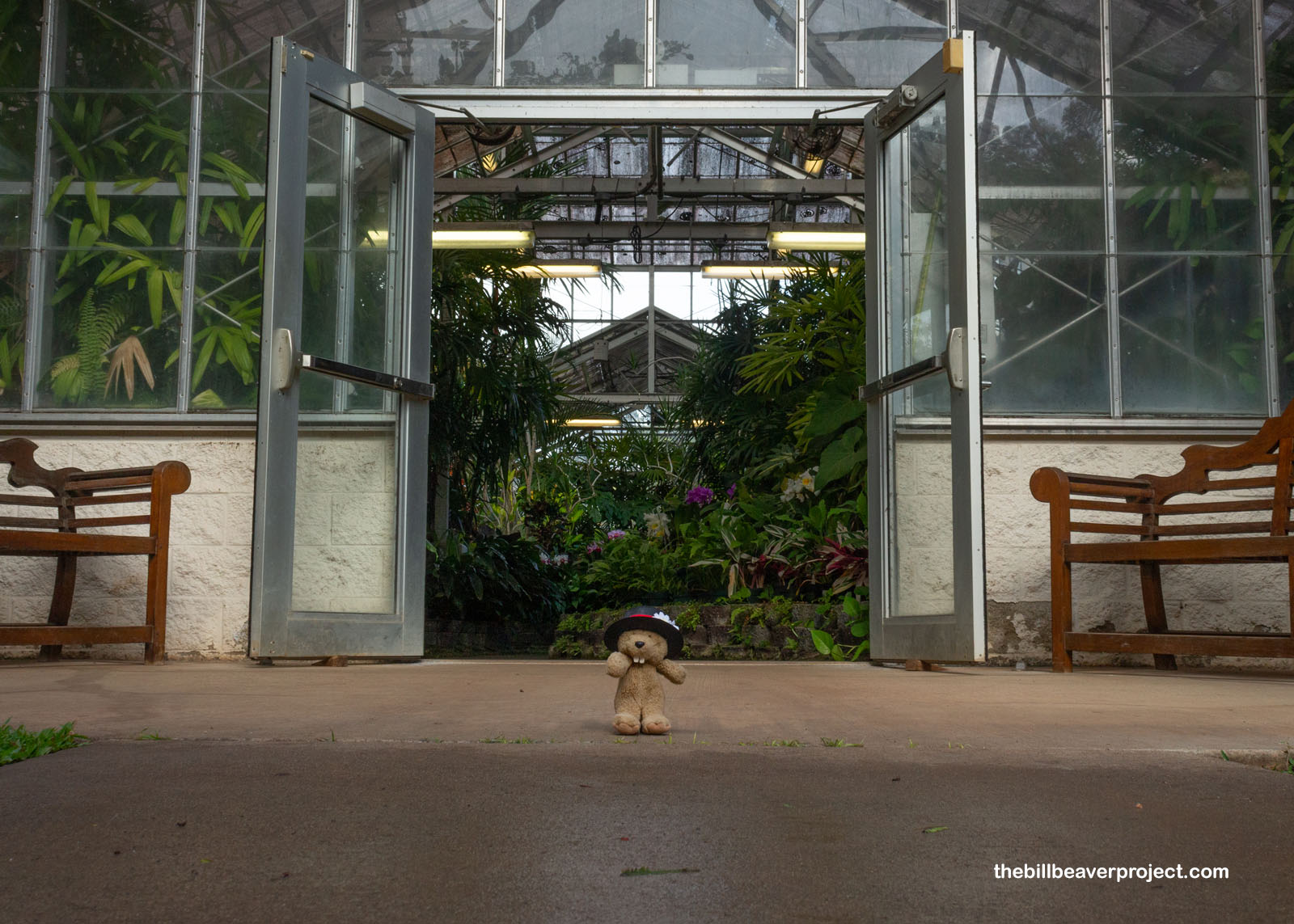 |
And that led to the end of my circuit around the Foster Botanical Garden, a place that really encapsulates so much of Hawaiian history, from its native landscape to the rapid changes in its ecology and population with a few nods to its historical figures along the way! Plus, I was really delighted by the connections to other places I’d visited before! History is just abloom with surprises!
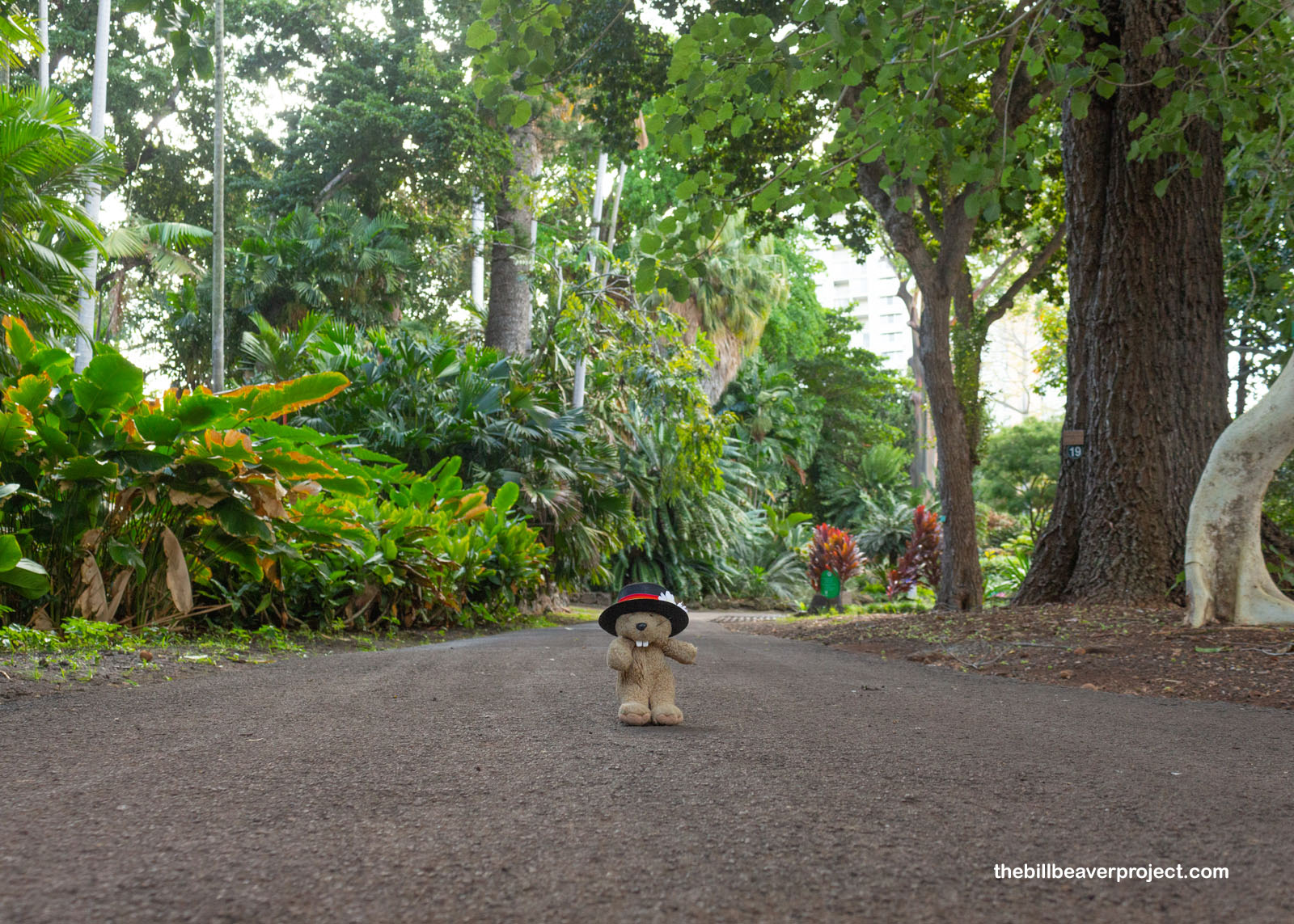 |
I made it back to the airport with plenty of time to spare and enjoyed walking around the lovely open-air courtyard. If ever there were a place to make the frenzy of air travel pleasant, it’s the airport in Honolulu. I need to make plans to return here soon, because these islands are truly pieces of paradise, home to multiple national parks and lots of secret history! I’ll let you know when I decide to come back!
A hui hou koke iā ʻoe!

 Previous Day |
Total Ground Covered: 118.7 mi (191.0 km) |
 More 2023 Adventures |
